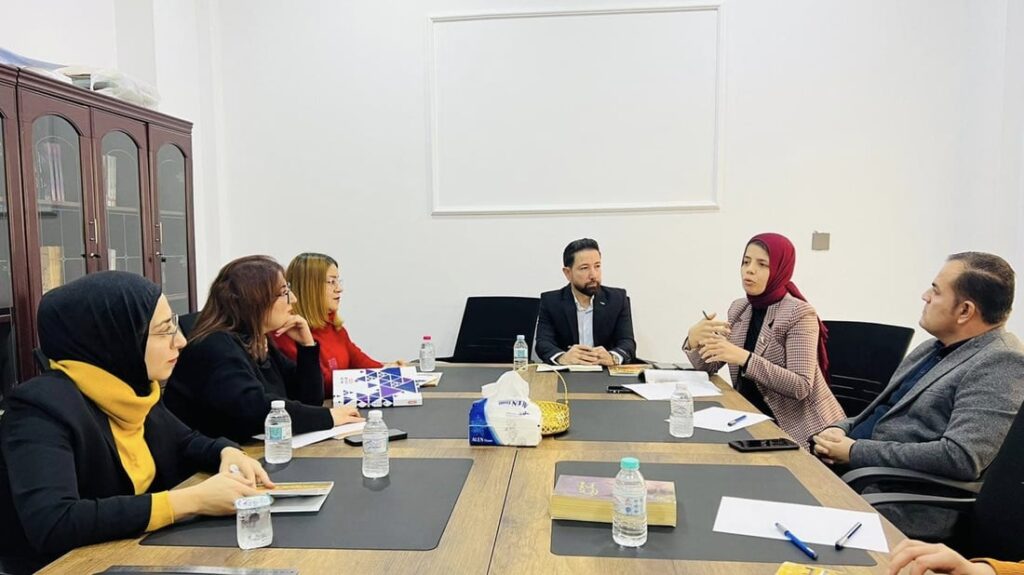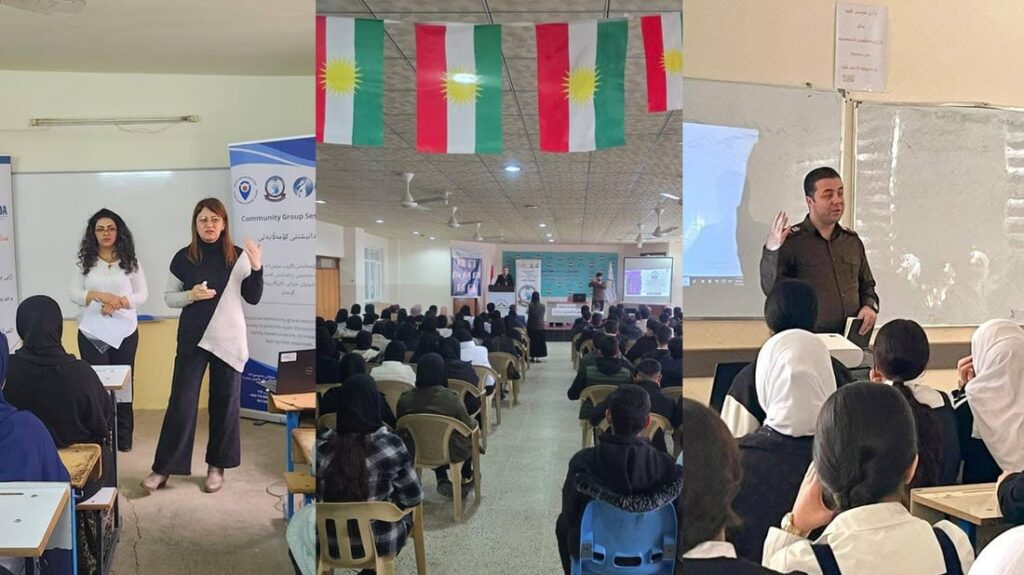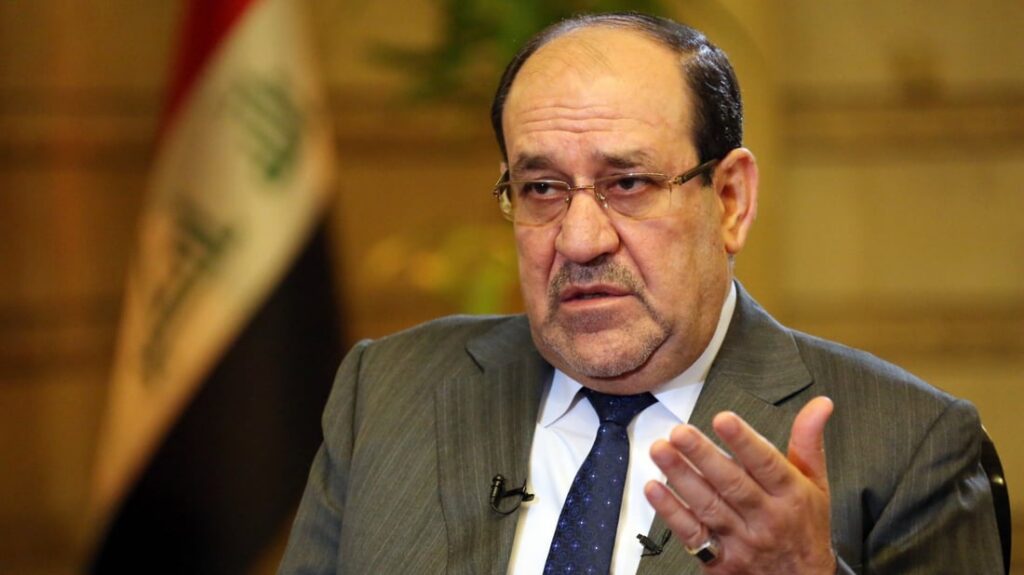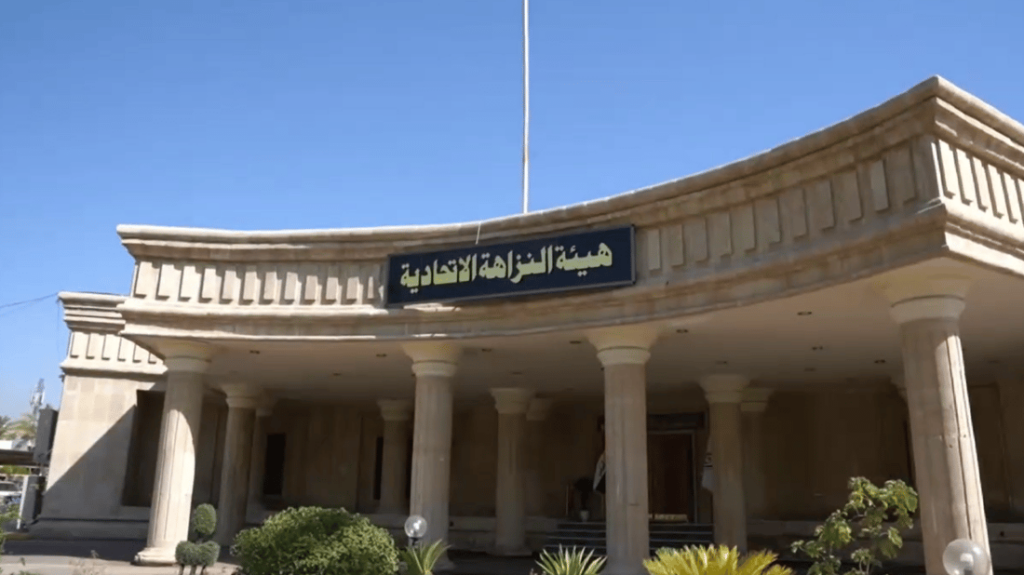Iraq: Iraq: Humanitarian Bulletin, October 2019
HIGHLIGHTS
Thousands of people departing IDP camps are becoming secondarily displaced.
Thousands of Syrian refugees arrive in Iraq following military operations in north-east Syria.
Political demonstrations around the country focus on governance and equitable access to opportunities.
Gender-based violence programmes in IDP camps.
FIGURES
# people in need 6.7m
# people targeted for assistance 1.75m
# of internally displaced persons (IDPs) in camps targeted for assistance 0.5m
# of IDPs outside camps targeted for assistance 0.55m
# of IDP returnees targeted for assistance 0.5m
# highly vulnerable people in host communities targeted for assistance
FUNDING
701.1 million requested (US$)
87% funded (as of 3 November 2019)
Camp Departures, Consolidation and Closures
During October 2019, 5,702 IDP households departed camps, reducing the camp-based population by nine per cent, with more than 4,700 of those departures taking place in Ninewa. In total, seven camps closed or were consolidated, bringing the number of formal IDP camps remaining in Iraq to 71, down from 118 at the beginning of 2019. Independent camp departures have been catalysed by several factors including onsite security screening and perceptions of IDPs thought to be affiliated with ISIL.
Since 15 August, when camp closures and IDP population movements rapidly accelerated, 16,874 households left camps for non-camp settings. These departures occurred primarily in Ninewa (18 per cent reduction), with some also departing camps in Salah Al-Din and Al-Anbar. An additional 3,800 households voluntarily moved, or were coerced or forced to move, to new camps, both within and between governorates. Some of these organized movements of IDPs between governorates have been involuntary and have lacked effective inter-governorate coordination. Working through the Governorate Returns Committees, humanitarian partners have reinforced with authorities the need for stronger coordination, planning and information-sharing in relation to future movements of people, including longer lead times for IDPs, authorities and humanitarian agencies to prepare.
Fifteen per cent of the camp population in Al-Anbar departed, with fewer than 2,000 households remaining displaced after 321 families left in October. Most of the departing IDPs hail from Al-Kaim. All IDPs who left Al-Anbar camps received a return grant of IQD 500,000 from Parliamentary Speaker Mohammed Al-Halbousi.
Strong community-level stigma around IDPs with perceived affiliations to ISIL saw more than 10,000 households that departed camps between August and October arrive in noncamp settings, with thousands of those families becoming secondarily displaced in out-ofcamp settings. Others sought out shelter in new locations including new and existing informal IDP sites or relocating to nearby cities. In Al-Mosul, increases in rents were recorded as an influx of IDPs arrived, while in Al-Baaj, 1,000 IDP families who had intended to return to their villages were barred from doing so by their communities, and have become secondarily displaced in Markaz Al-Baaj, sheltering in unsafe and unoccupied houses and facing critical water shortages.





